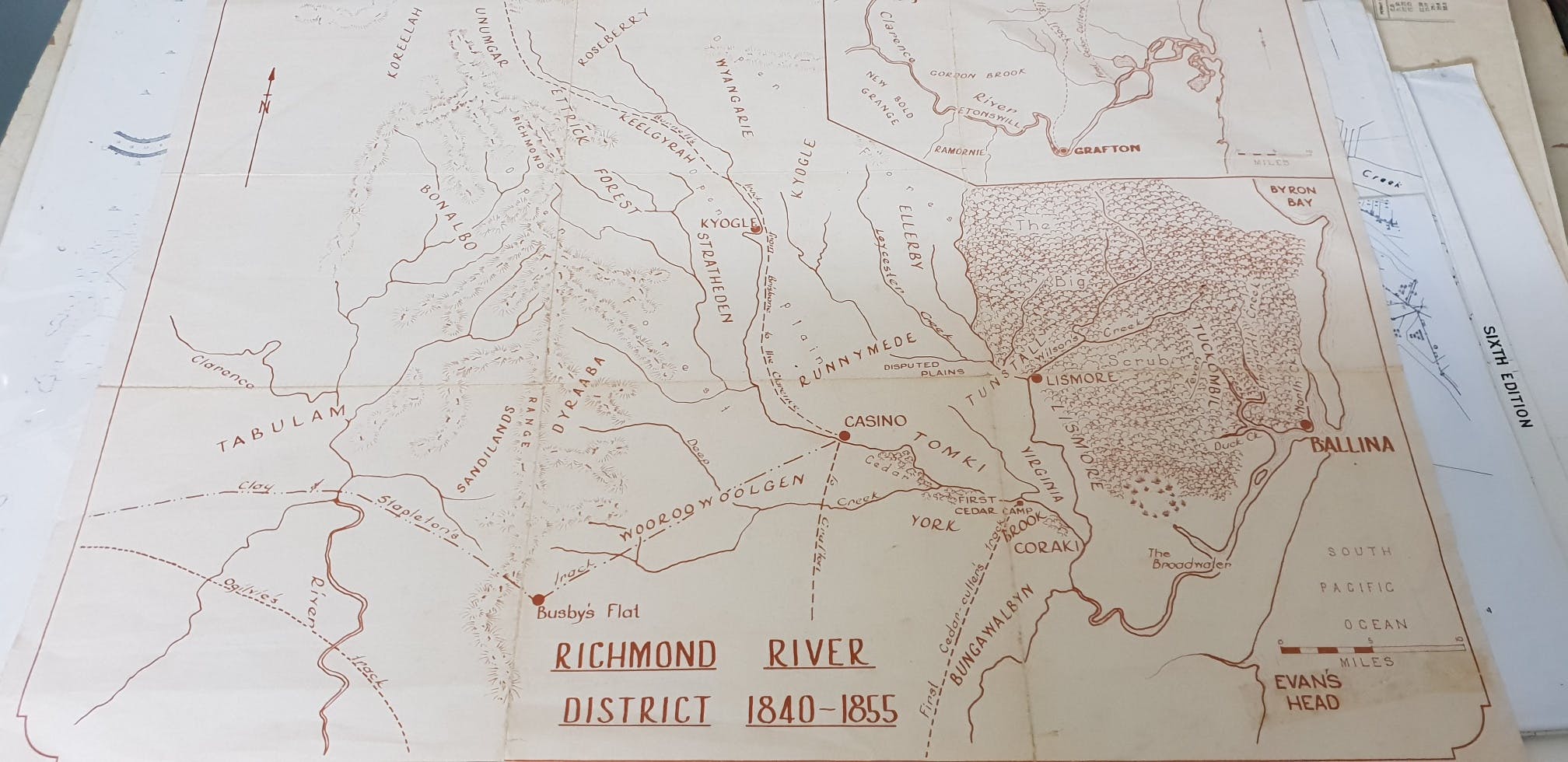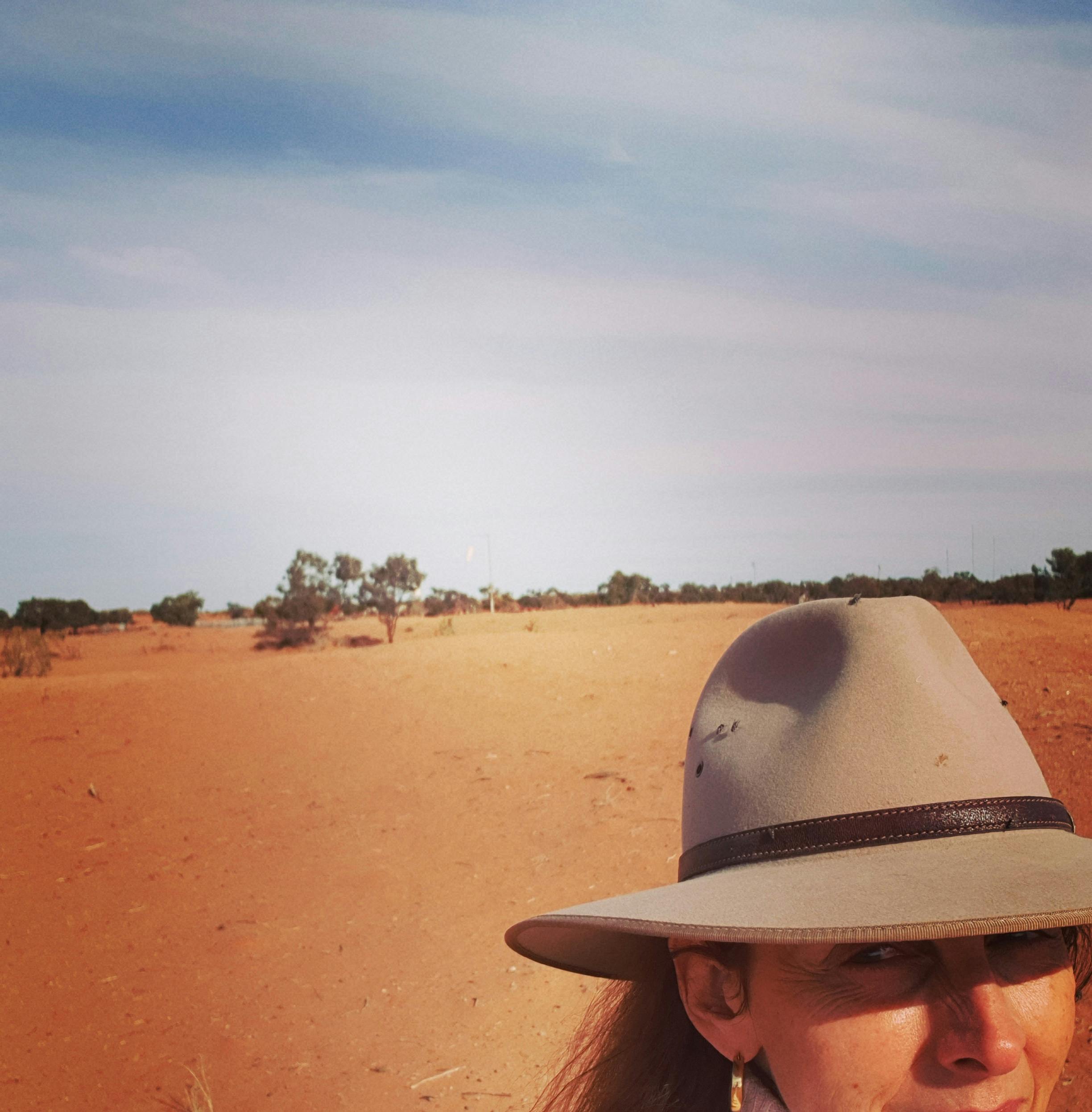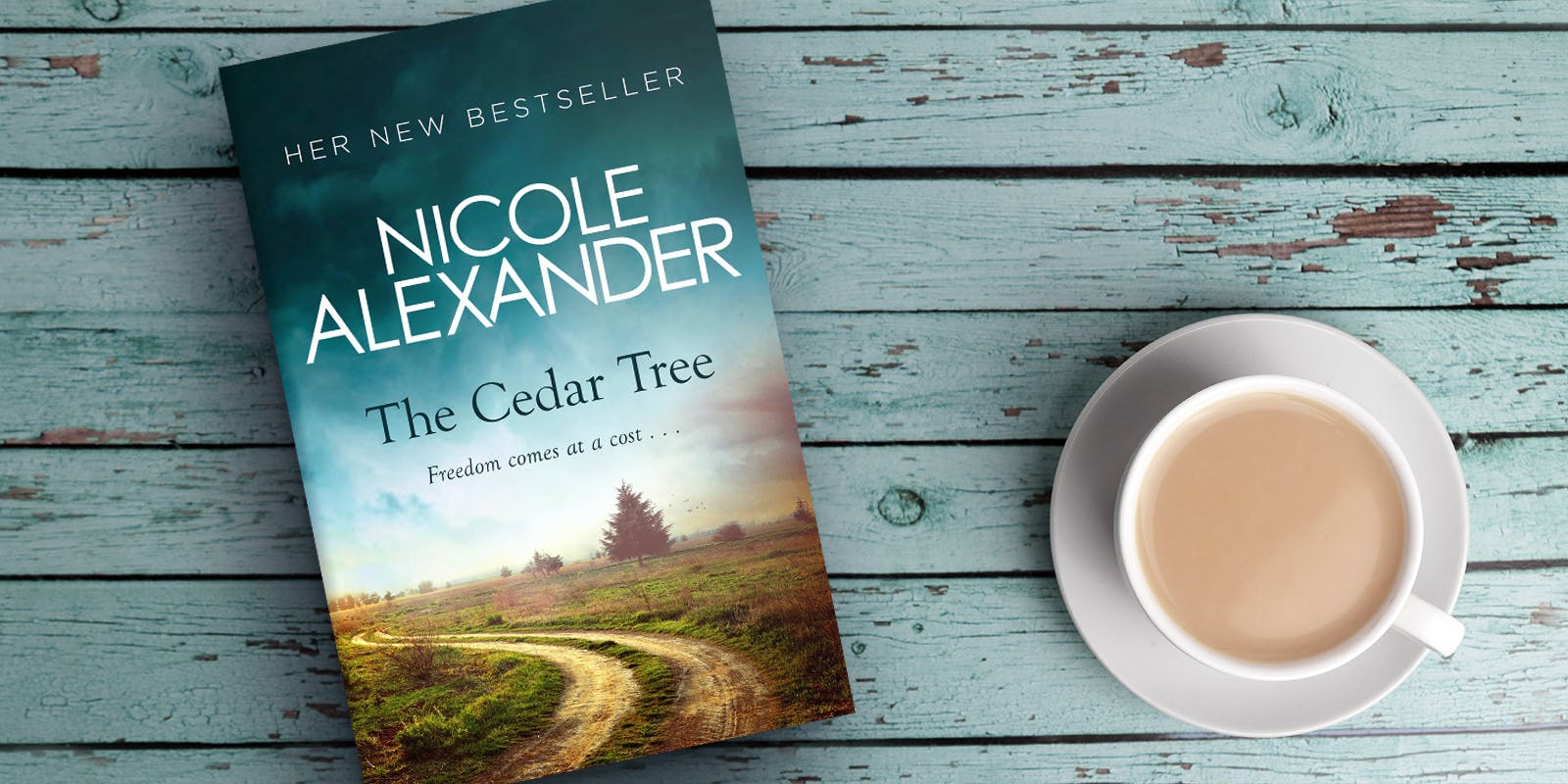Nicole Alexander reflects on creating her outback saga, The Cedar Tree.
When I began crafting The Cedar Tree, I wanted to explore the idea of what it means to be free; individually, as a community, a society and, ultimately, as a country. How far an individual is willing to go to obtain their liberty is matched only by the cost associated with gaining that freedom. And then there is the very real question of what happens afterwards. Can a person ever truly begin their life again?
Selecting two time periods, the 1860s and the 1940s, and two distinct locations, the NSW Richmond Valley and the Strzelecki Desert, allowed me to follow two generations of the Irish O’Riain family. My background research included discovering the rich history of the cedar-cutting industry. These intrepid axe-men scanned the newspaper reports of the day and followed the journeys of our earliest surveyors and explorers, knowing that the brilliantly coloured red cedar that was coveted by the Royal Navy, furniture-makers, and ship and house builders, could often be found near waterways. Their fortitude places them as true pioneers in our history. And the timber industry is credited with the establishment of inland towns and the creation of a strong shipping industry. However, the demand for ‘red gold’ and other quality timbers decimated The Big Scrub – which was, at 75,000 hectares pre-European settlement, once the largest low land sub-tropical rainforest in Australia. Today only remnants remain.

Image courtesy of Nicole Alexander
You can’t write about the Irish in Australia in the 1860s without touching on the many accounts of anti-Irish sentiment. At the Lismore Historical Society I read stories of riots breaking out, eggs being thrown and, at the most petty level, Protestants and Catholics walking on opposite sides of town streets. Despite these differences NSW was changing. Those who had success in the timber industry or the goldfields, or who arrived as immigrants with coin in their pockets, were keen to settle on land. The NSW Robertson Land Act of 1861 was passed to break the squattocracy’s hold over vast tracts of land and open the country for selection and sale. Some squatters viewed this law as illegal and land disputes arose between the predominantly English and Scottish landowners and the would-be settlers, whether speculators or honest farmers.
It is into this period of turmoil in The Cedar Tree that Irish Catholic cousins Brandon and Sean arrive from County Tipperary. Brandon is eager to start a new life. Sean, unable to let go of the past. Their individual choices during their lives affect their descendants – none more so than Italian-raised Stella Moretti who marries into the O’Riain family nearly a century later during World War Two. She unwittingly finds herself living on a sheep property on the barren edges of the Strzelecki Desert in Far West NSW, and slowly her life unravels.
As part of the research for The Cedar Tree I flew to Broken Hill from Moree via Sydney, hired a four-wheel drive and headed north-west for nearly three hours. My destination was an outback station on the NSW–South Australian border, where the wild dog fence stands as a dividing line between states and a Royal Flying Doctor airstrip close to the homestead reminded me of the challenges of isolation.
Surveyor-General Sir Thomas Mitchell was the first white man in the area. Three years later, in 1844, Charles Sturt named the Barrier Ranges and mentioned a ‘broken hill’. Although Sturt’s expedition failed to find a great inland sea, their mapping and descriptions of the far northwest helped to open this unknown region. Pastoralists followed the early explorers in the 1850s. This was the beginning of major changes for the local Aboriginal communities: flocks of sheep, fences and mining interrupted their traditional way of life.
I selected this area specifically for its isolation, so that Stella’s expectations of her new life – one she’d chosen to escape her strict Italian culture – were constrained by more than just her husband’s attitude. The owners of the property I visited were very welcoming. I’d enquired in advance if I might access the property to study the environment, and I ended up spending my nights in the main homestead, delving into archives, while I spent my days walking deep into the desert, the taste of salt on my tongue.
 Image courtesy of Nicole Alexander
Image courtesy of Nicole Alexander
The fringes of the Strzelecki Desert in Far West NSW is an extraordinary environment made up of quartz rock deposits, gibber plains and rolling red dunes. The light glitters across the landscape. The clarity of the air is stunning. Combined with the rich red of the land, the ceaseless dunes and infinite space, the spirituality that whispers of those who dwelt in these areas long before the arrival of white men is tangible. But the desert can be a harsh place. While I ensured I had my compass and a full water bottle, eons ago the Aboriginal inhabitants of this region used shallow seepage wells between dunes for drinking water, and their ancient campsites have been discovered further north in Sturt National Park.
My in-the-field research is an essential but also one of the most enjoyable aspects of writing historical fiction. Apart from creating a strong sense of place in the narrative, occasionally there is the added bonus of hearing stories from that region. The Far West was no exception. The Wild Dog Destruction Board employs boundary patrollers to maintain the wild dog and dingo fence. Earlier last century horses were the method of transport and one resilient rider preferred doing his rounds across many miles, buck naked – rain, hail or shine. Why? Because that’s just what he did. Then there was the woman who killed her husband by gradually adding arsenic to his evening meal. Apparently, she simply tired of eating mutton. And there’s many a tale of men who rode away from their homesteads only to succumb to a fit of the ‘willies’ and never return.
The Cedar Tree is a story of love, faith, destiny and betrayal, of stubborn men and the women who have to try to find the space to survive around them.















